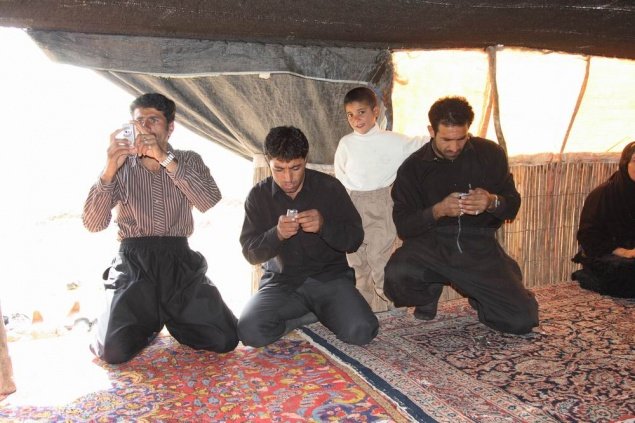|
|
Life In Iran
|
After the Muslim conquest of Persia, most of the urban lands of the Sassanid Empire, with the exception of Caspian provinces and Transoxiana, came under Islamic rule. Many provinces in Iran defended themselves against the Arab invaders, although none in the end were able to repulse the invaders. However, when the Arabs had subdued the country, many of the cities rose in rebellion, killing Arab governors, although reinforcement by Arab armies succeeded in putting down the rebellions.
However, the Iranians' conversion to Islam was a complex process and is generally considered to have been gradual; the notion of force has largely been discredited, although occasional acts of violence did take place, with Zoroastrian scriptures being burned and Zoroastrian priests being executed.
By the 9th century, Islam became a dominant religion in Persia and the conversion of Iranians to Islam brought profound changes to their life and culture. However, in some regions, such as the Fars province, Zoroastrianism remained strong up to the 9th century, although Sufis such as Abu Eshaq Kazeruni, the founder of Kazeruni Sufi order, brought mass conversion of Zoroastrians to Islam in the 10th century.
During the Abbasid caliphate decline, independent and semi-independent native Iranian dynasties arose in different parts of Persia including the Tahirids, Saffarids, Samanids, Afrighids, Ghurids, Sallarids, Justanids, Shaddadids and Buyids. Socially, the Arabs abolished the previous social class system of Sassanians while later, especially under the Ummayyads, another form of discrimination and exclusion against non-Arabs evolved. In reaction to these, Abu Moslem, an Iranian general, expelled the Umayyads from Damascus and helped the Abbasid caliphs to conquer Baghdad. The Abbasid caliphs frequently chose their Iranians as their "wazirs" (viziers), and Iranian governors acquired a certain amount of local autonomy. Thus in 822, the governor of Khorasan, Tahir, proclaimed his independence and founded a new Persian dynasty of Tahirids. And by the Samanid era, Iran's efforts to regain its independence had been well solidified.
|
|









